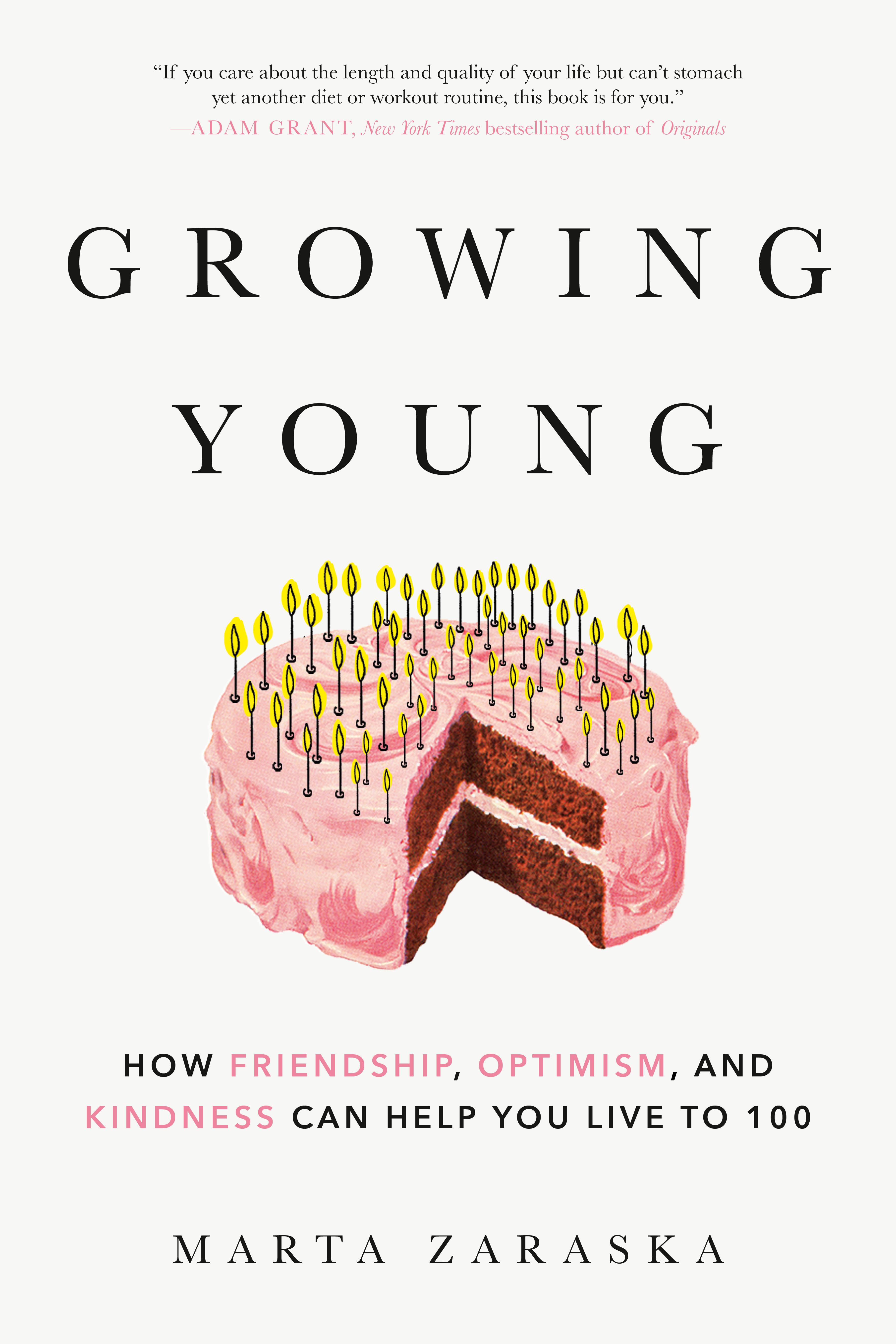Warsaw’s Salon Profesjonalnego Przytulania is the first professional hugging salon in Poland, and one of the very few such places on the planet. There is a professional cuddling centre in Portland, Oregon, one in Austin, Texas, and one “cuddlery” in Vancouver, Canada (same thing, different name). California already boasts many professional cuddlers. The idea is simple: if you are not get- ting enough hugs in your daily life, you can come to a cuddling salon for a fix. It’s discreet, completely non-sexual, and quite likely effective at providing health-promoting oxytocin boosts. Katarzyna tells me that they have clients from all walks of life — young ones, old ones, middle-aged dads and twenty-something professional women. Some people come because their jobs leave them no time for social lives, and they want to feel a bit less alone in the big city. Others come because they want to get hugs they’ve never received from their mothers. Many come over and over again.
Cuddling shops may be quirky oddities, but judging from social isolation statistics, there seems to be a huge need for them. Considering the shrinking numbers of our friends and family, we can infer Westerners to be severely under-hugged. In Canada, the percentage of one-person households soared from 7 percent in 1951 to 28 percent in 2016. In the US, over a quarter of the population lives alone, too. That is still nothing compared to the European capital of solitude: Oslo, Norway. Here 52.9 percent of households are run by singles.
Of course, living alone doesn’t necessarily mean not getting enough hugs or having low social support. But it might. Other stats support the view that becoming a professional cuddler may be a job of the future (and one unlikely to be stolen by robots, which is always a perk these days). In 2004, as many as a quarter of Americans didn’t have even a single friend in whom they could confide. Recent years saw the average number of confidantes in our personal networks, including both friends and family, shrink from three people to two. From a health and longevity perspective, that’s disastrous. A large, high-quality study conducted in Alameda County, California, has shown that people who score low on social integration — have few friends and relatives, aren’t married, and don’t belong to community organizations — are as much as three times as likely to die over the next seven years than those blessed with close-knit relationships. You might think that such effects of friends and family on longevity might only apply to seniors. It could be, after all, as simple as having some- one check up on you regularly to make sure you haven’t fallen down the stairs and broken your hip. But that’s not the case. It’s been shown over and over that people of any age who have poor social relations suffer more heart attacks, strokes, diabetes, and even pregnancy complications — hardly something regular family visits could prevent. The positive effects of social capital on longevity are not simply due to wellness-related reminders from your loved ones, either — to mothers, brothers, and besties talking us into eating better, exercising more, or giving up those stinky cigarettes. Although people who share accommodation with another person tend to eat a larger variety of fruits and vegetables, in general their diets don’t differ all that much from those who are lonelier. Also, things like nicotine habits proliferate in social circles. Some people find it simply too hard to resist a smoke if their friends light up.
Admittedly, there is one way in which reminders and nudging by friends and family clearly do contribute to longevity: compared to loners, people who are surrounded by caring others are over three times as likely to listen to their doctors and take their pills as prescribed. But this, too, is not enough to explain the staggering influence our interpersonal relationships have on our health. In epidemiological studies, controlling for patient compliance with medical treatment is the norm, and yet, the effects persist. What’s more, fascinating lab research provides additional evidence that the links are not merely cultural or behavioural, but also physiological.
Imagine over three hundred people coming into a research lab and getting voluntarily infected with cold viruses squirted directly into their nostrils (the motivation must have been the $800 each person was paid for participation). During the month before the infection, the volunteers received six phone calls from the researchers on six separate days, during which they were queried on their social interactions on each day. With whom did they hang out? For how long? Was it pleasant? Then, after the virus-squirting exposure, the brave volunteers were kept in quarantine for five days and were repeatedly assessed for cold symptoms (for instance, their used hankies were weighed for “nasal secretions”—also known as snot).
When the results came in, a clear picture emerged: loners had a 45 percent higher risk of developing a cold than did more gregarious people, even though everyone was exposed to the exactly same dose of the virus. In other words: hanging out with your friends can protect you from sniffles. The biological links between our social connections and health are, once again, largely due to the interplay of neuropeptides such as oxytocin, dopamine, endorphins, and serotonin, as well as the HPA axis. Sometimes, though, they can be far more straightforward. When scientists compared the gut microbes of wild baboons, they discovered that the closest buddies had the most similar gut microbiomes. And since healthy gut microbiome has been linked to a lower risk of cancer, heart disease, diabetes, and so on, such microbiome- diversifying exchanges between friends could boost longevity.

Excerpted from Growing Young by Marta Zaraska. Copyright © 2020 Marta Zaraska. Published by Appetite by Random House®, a division of Penguin Random House Canada Limited. Reproduced by arrangement with the Publisher. All rights reserved.


